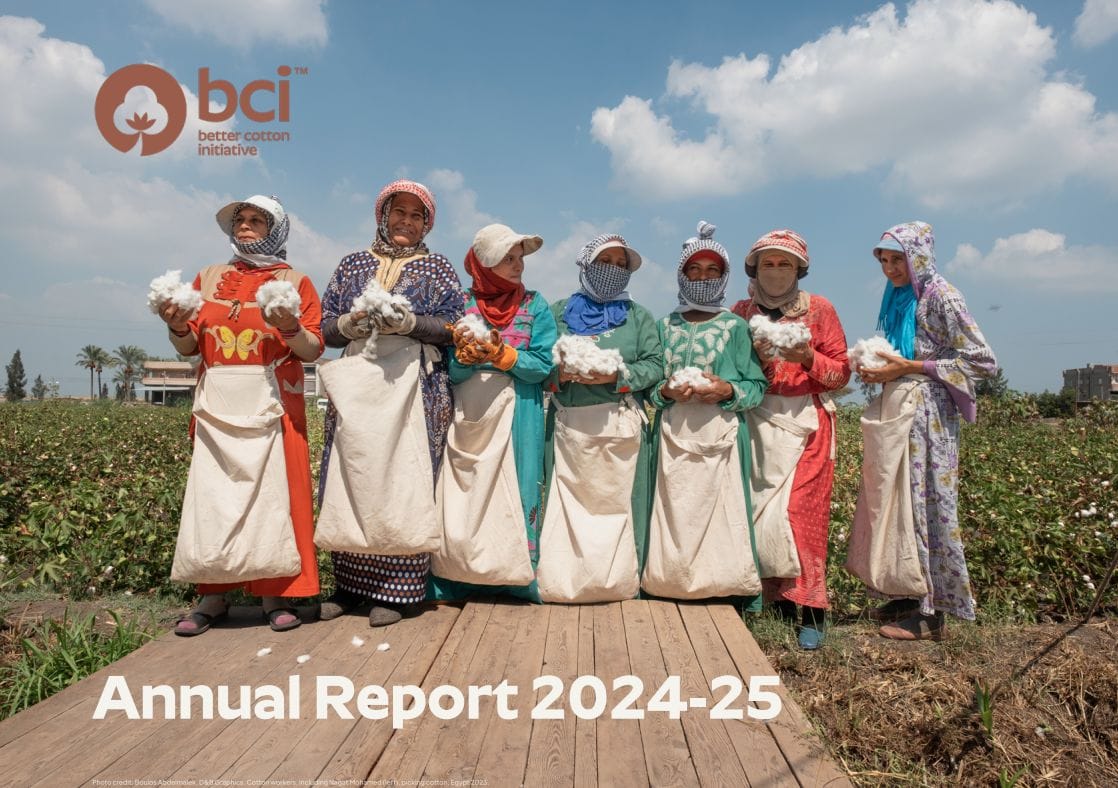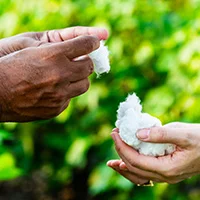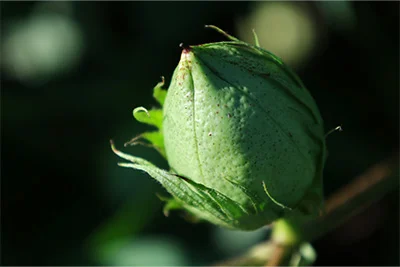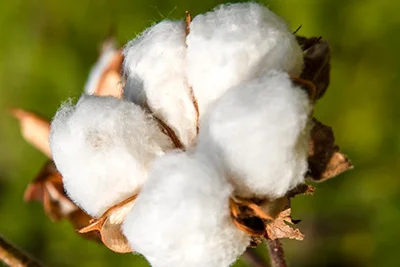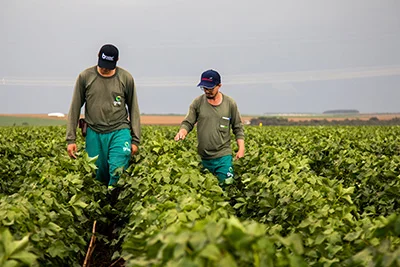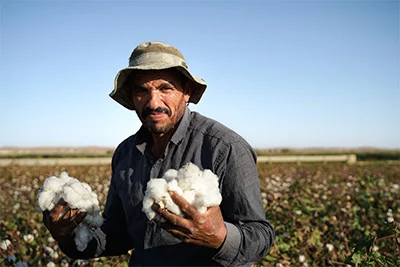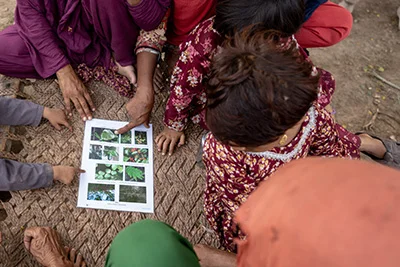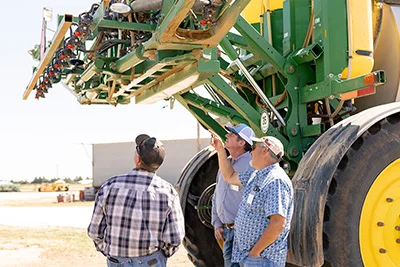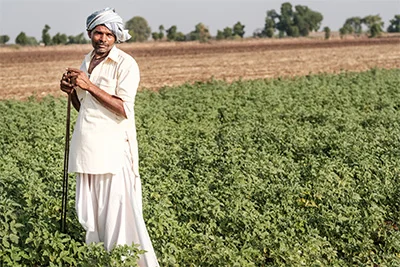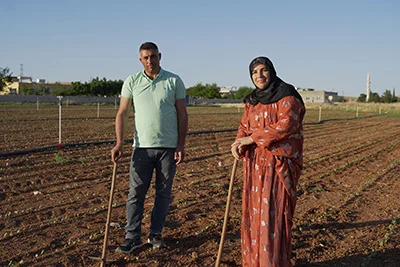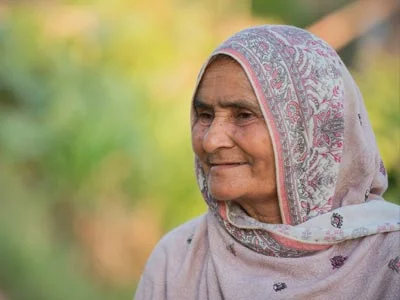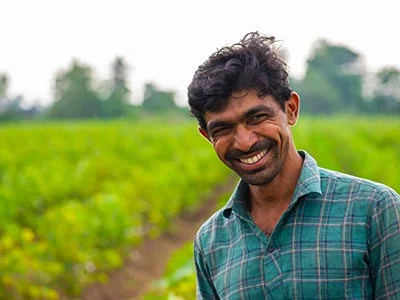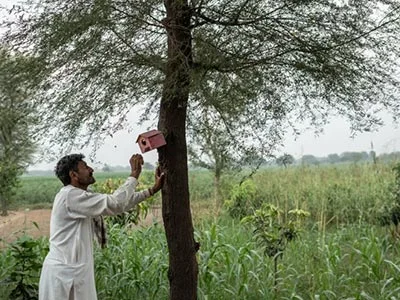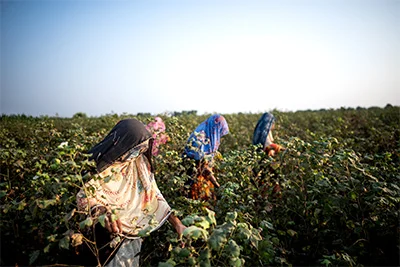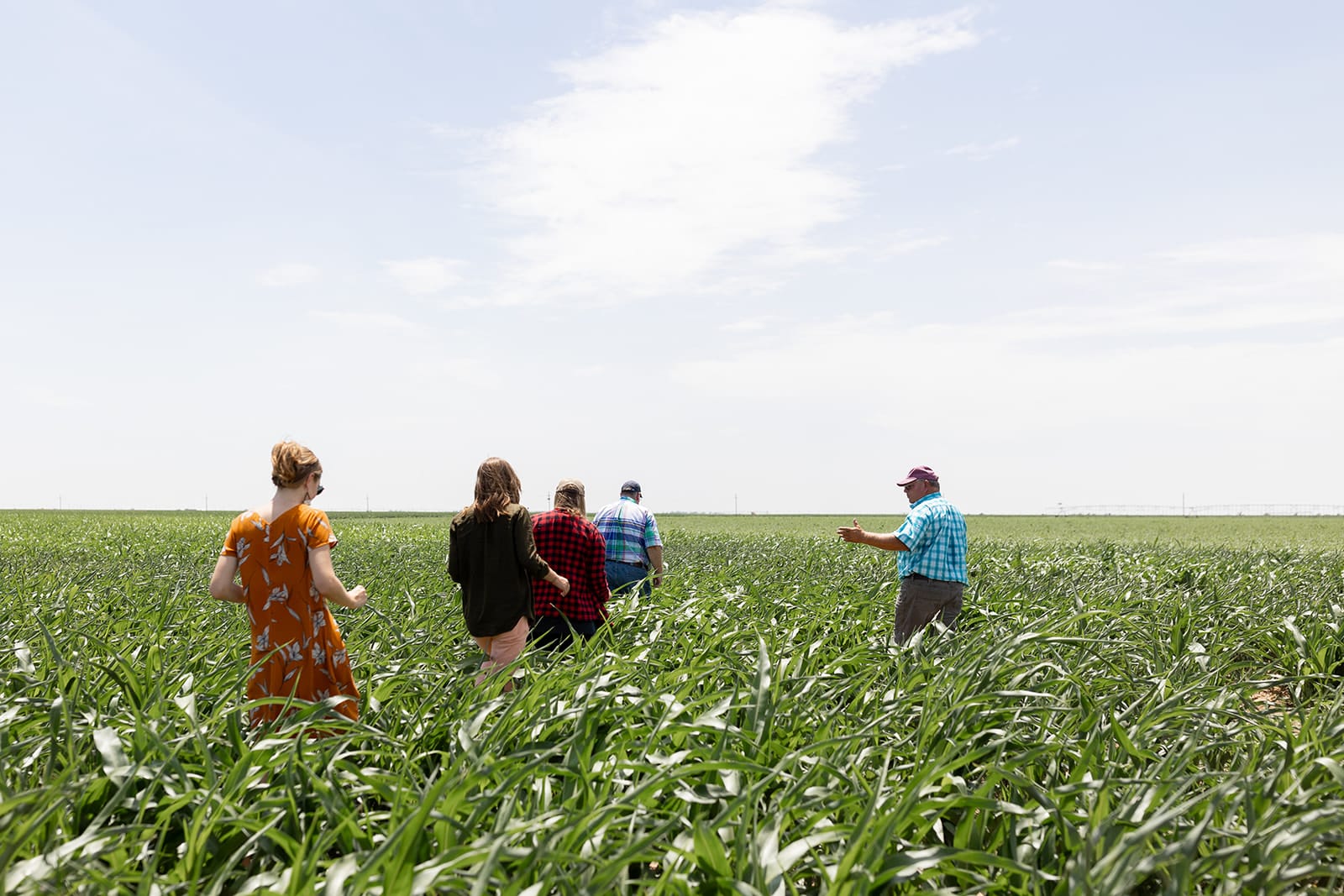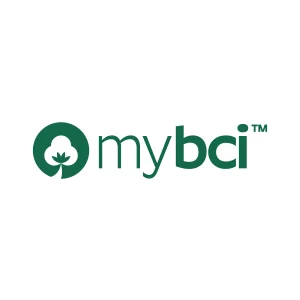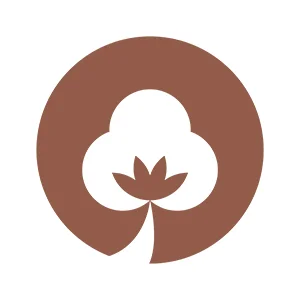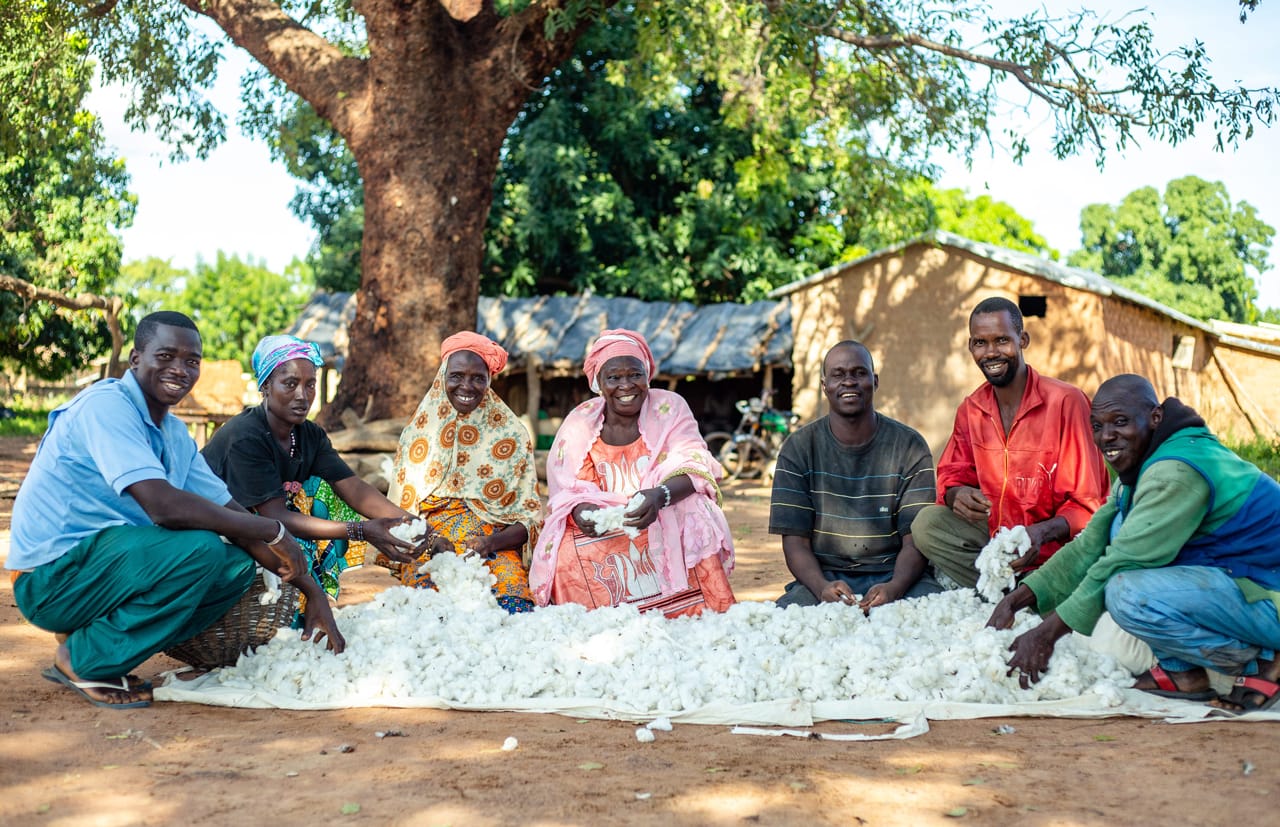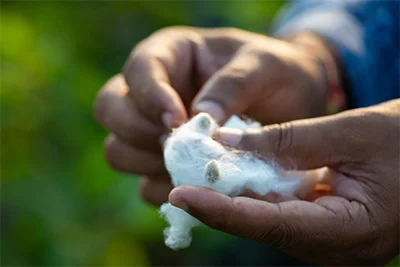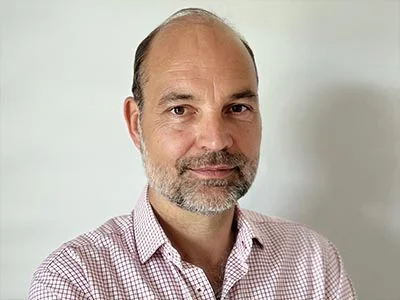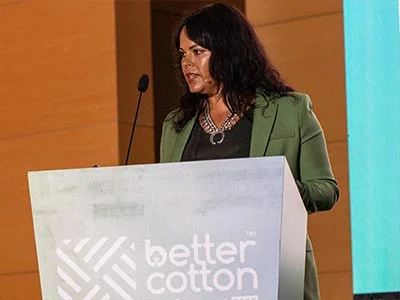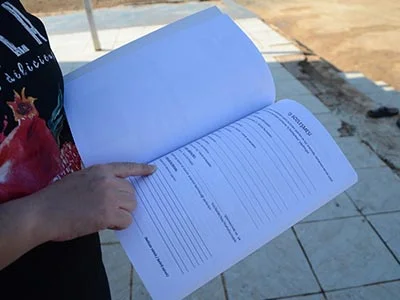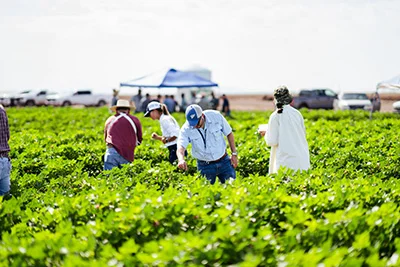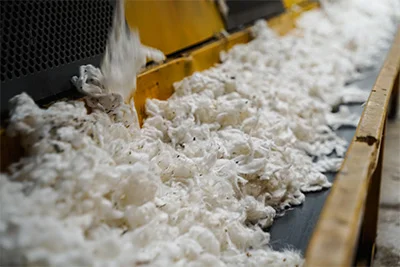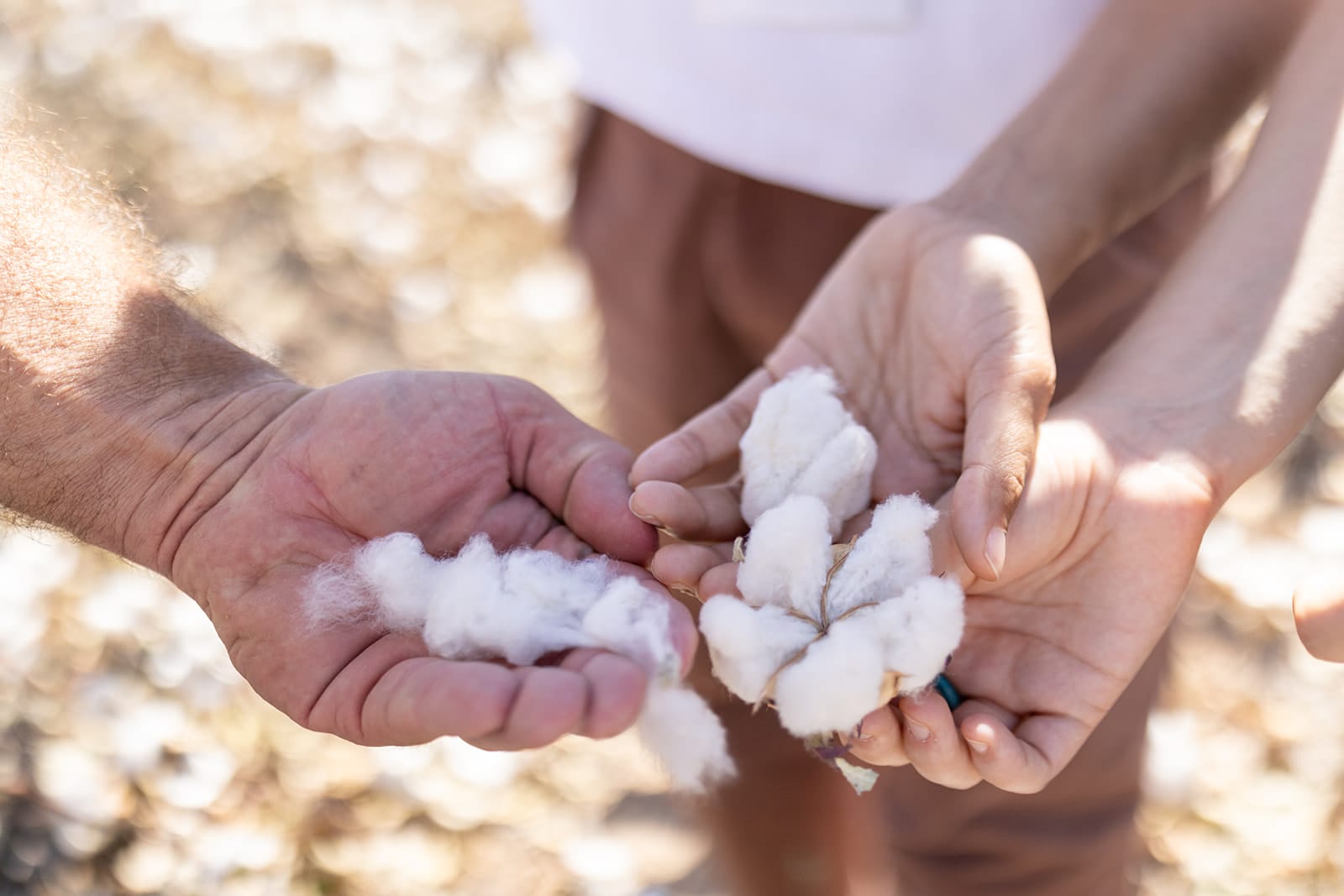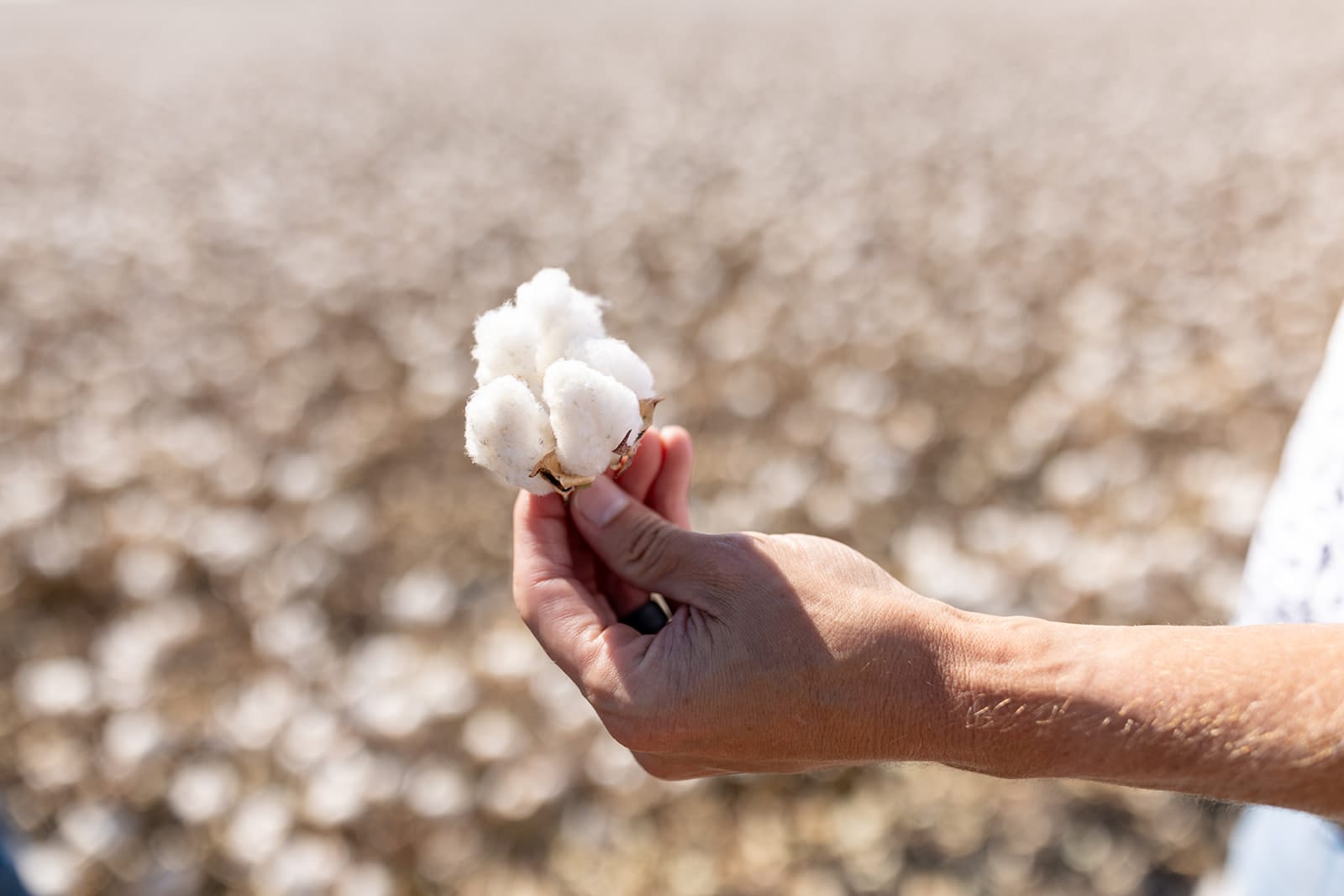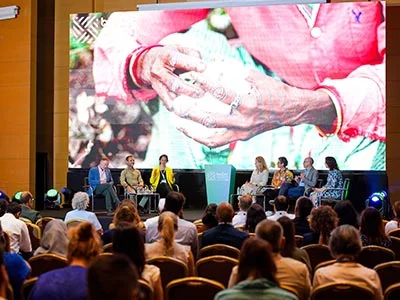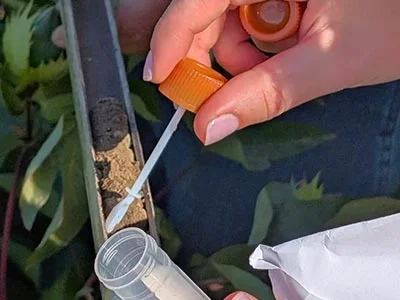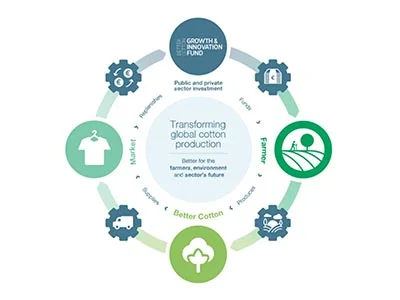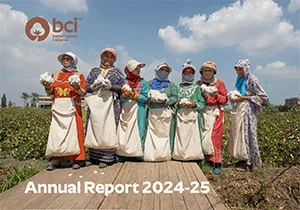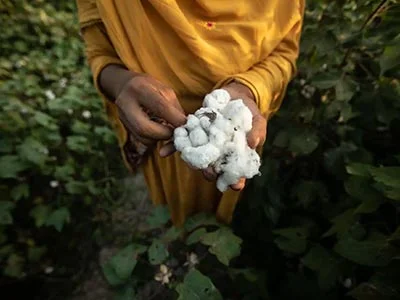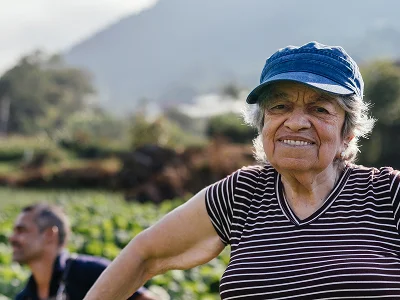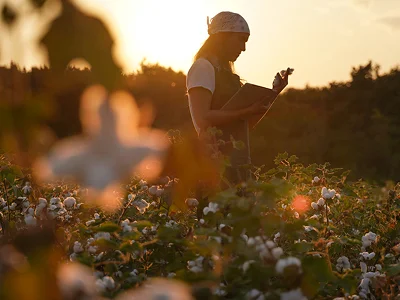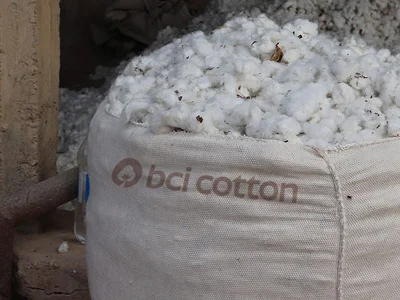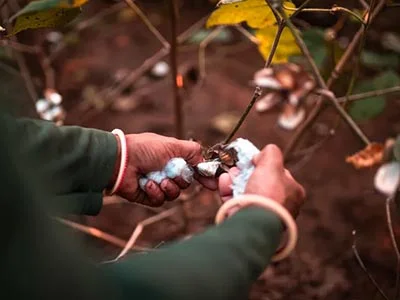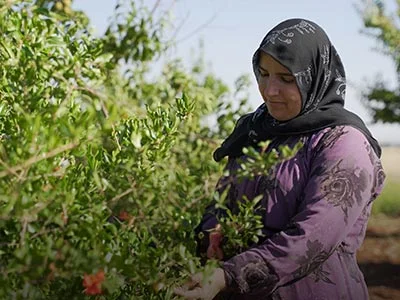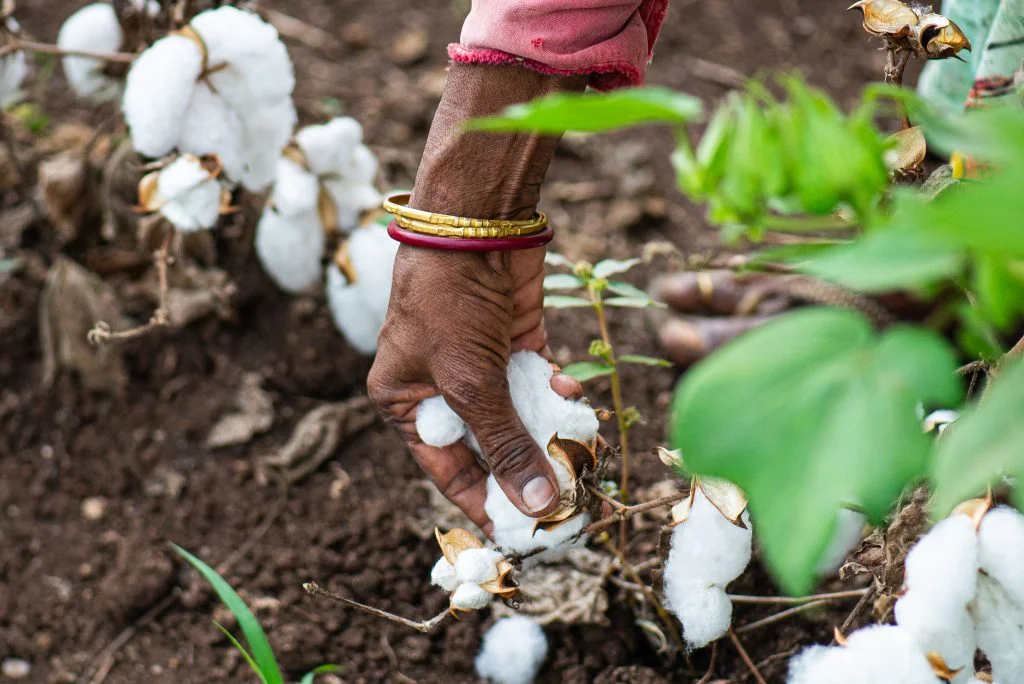
The release of Better Cotton’s 2023 India Impact Report has highlighted compelling results for the organisation as it strives to deepen its impact around the world. Here, we speak with Saleena Pookunju, Better Cotton’s Senior Programme Manager in India, to discuss those findings and the outlook for more sustainable cotton production in India and beyond.
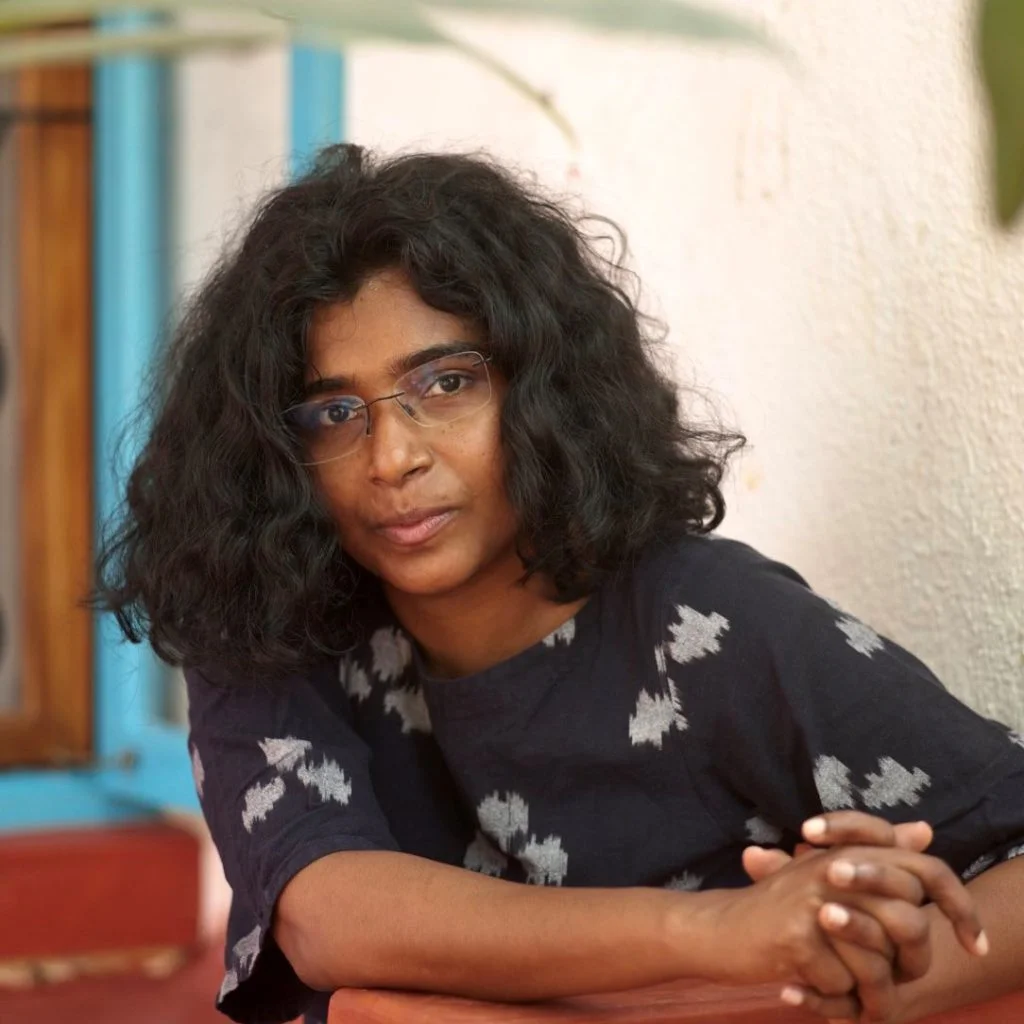

The reported use of pesticides by Better Cotton Farmers in India has been cut by more than 50% between 2014/15 and 2021/22. How optimistic are you that pesticide use in India can be driven down even further?
As we advocate for the adoption of an Integrated Pest Management (IPM) approach, the use of biopesticides and biocontrol agents for pest control will increase, but this may not directly translate to a reduction in pesticide usage. This is for two reasons. First of all, the volume of biopesticides recommended per acre is, in almost all cases, higher than the volume of synthetic pesticides recommended. And secondly, with increasing climate variability, we’re seeing that what were minor insect pest issues are becoming a major problem, and various fungal diseases are on the rise.
We need to acknowledge that, faced with the prospect of crop loss and in the absence of any effective risk mitigation measures, farmers revert to old habits. This is where Better Cotton needs to continue to adopt an empathetic approach to understand the lingering fears of farming communities in new and emerging contexts and continue to build new partnerships and alliances which help identify new solutions, free up resources and channel them where they’re most needed.
On soil health, synthetic nitrogen use per hectare is at an all-time low within the Better Cotton India Programme, how difficult has this been to achieve and what are the benefits of this for cotton farmers?
Addressing soil health on Indian cotton farms has been a huge challenge. This is largely because farmers were using excessive levels of urea that caused an imbalance in their land’s nitrogen, phosphorous and potassium (NPK) ratio. Through the Better Cotton Programme, we promoted various methods that led to direct improvements in soil health such as soil-test based fertiliser application, the use of natural fertilisers, crop rotation, and intercropping.
In the 2022-23 season, 56% of Better Cotton Farmers adopted crop rotation, in turn promoting a more healthy and varied soil microbiome, and fixing nitrogen levels.
Between 2014/15 and 2021/22, farmer costs per hectare have decreased by 15.6%. How significant is progress on this front to advancing the topic of sustainable livelihoods?
Due to the excessive use of inputs, the cost of cultivation had been high for cotton farmers. By strengthening their capacities on Integrated Pest Management (IPM) and Integrated Nutrient Management, we have been able to quickly reduce this expenditure. The extent of these reductions, however, cannot be sustained beyond the first few years, as the cost of other natural inputs is going to increase.
When discussing the cost of cultivation, gender must also be considered as there is typically a lot of unpaid family labour provided by women in cotton cultivation, and when Better Cotton factors this in, the cost of cultivation is going to increase further. When it comes to sustainable livelihoods for farming communities, we have just started to scratch the surface. We need to go further and start supporting the collective marketing of produce, its value addition at the farm-gate, invest in more off-farm income generation activities, and help develop the skills of the youth so that they can find gainful employment.
Via the Better Cotton Growth and Innovation Fund (GIF), more than 31.5 million euros has been invested in capacity strengthening at the field-level in the India Programme since the 2016/17 season. How important has that sustained investment been to driving change at field-level?
Most of the capacity strengthening work that Better Cotton has been doing through our Programme Partners has been driven by the GIF. Without that support, raising resources – and supporting close to one million licensed cotton farmers across India – would have been impossible.
How positive are you about the outlook for more sustainable cotton production in India after the launch of this report, and what are your hopes for the future?
The initial results have been extremely encouraging, I must say. If we take the achievement of nearly eliminating the use of Monocrotophos, a Highly Hazardous Pesticide (now used by less than 2% of Better Cotton Farmers), a humongous effort has gone into this that communities are now seeing the benefit of. We have received incredible support from our Knowledge Partners, including the Central Institute for Cotton Research (CICR), CABI, the Institute of Sustainable Communities, Pesticide Action Network – India, and the Foundation for Ecological Security (FES). With the increased mandate under the revised Principles and Criteria (P&C), we are energised more than ever to accelerate work on climate action, natural resource management, sustainable livelihoods and women’s empowerment.

